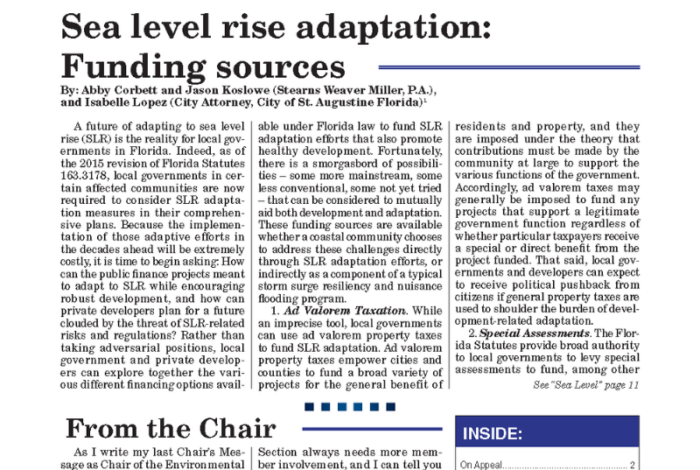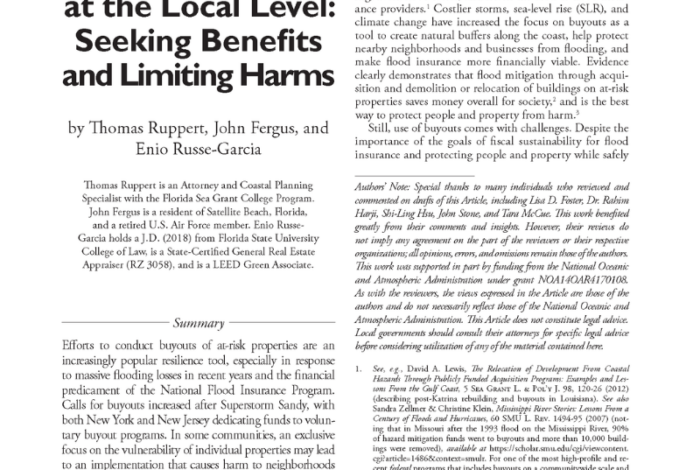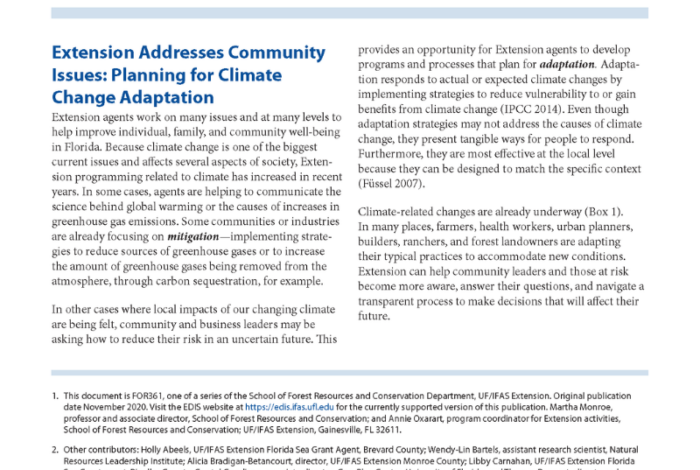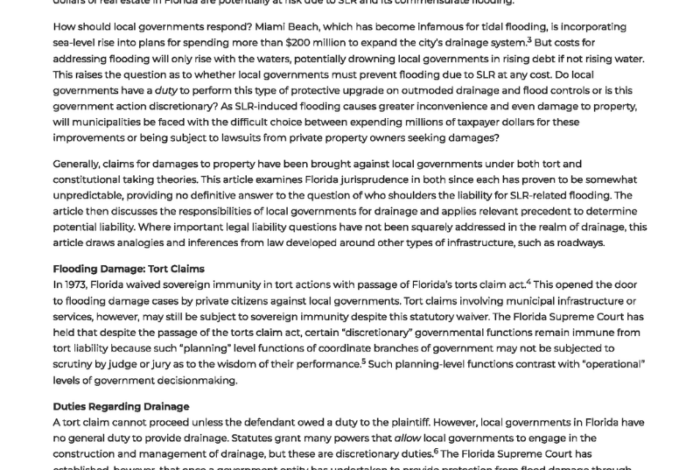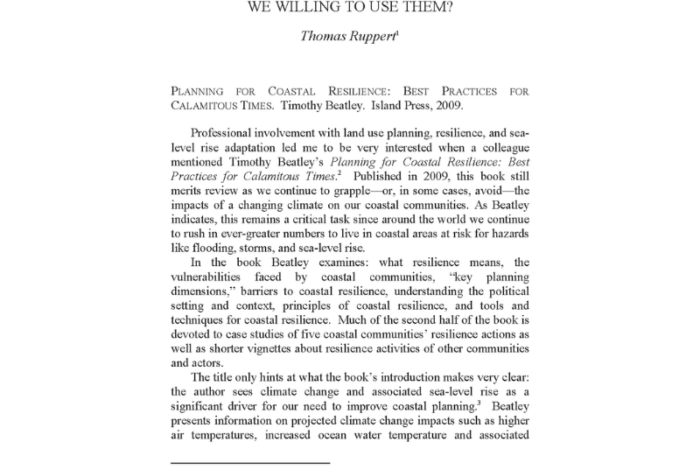
Tools In The Resilience Toolbox, But Are We Willing To Use Them?
Professional involvement with land use planning, resilience, and sealevel rise adaptation led me to be very interested when a colleague mentioned Timothy Beatley’s Planning for Coastal Resilience: Best Practices for Calamitous Times. Published in 2009, this book still merits review as we continue to grapple—or, in some cases, avoid—the impacts of a changing climate on our coastal communities. As Beatley indicates, this remains a critical task since around the world we continue to rush in ever-greater numbers to live in coastal areas at risk for hazards like flooding, storms, and sea-level rise
